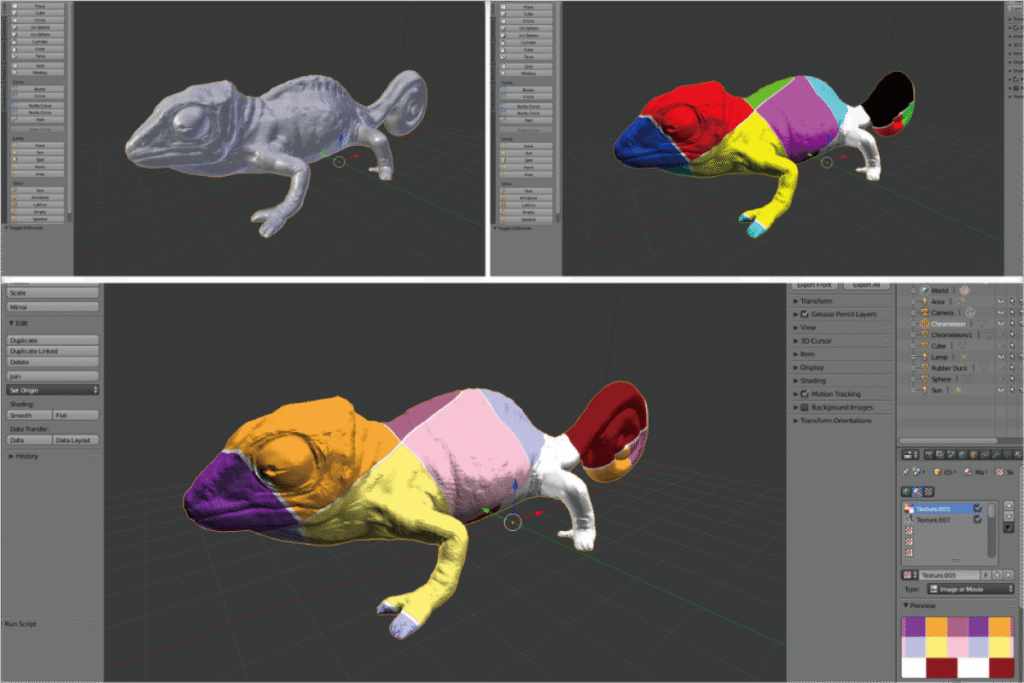
The world around us is filled with wonders, and one of the most captivating is the phenomenon of objects that change color in light. These mesmerizing items seem to possess an inherent magic, shifting between hues as if by enchantment. Witnessing this transformation can be a truly awe-inspiring experience, leaving you wondering about the science behind such a captivating display.
This article delves into the fascinating world of color changing objects, exploring their origins, the science behind their transformations, and the diverse applications they find in our everyday lives. From simple toys to cutting-edge technology, we’ll uncover the magic that lies within these light-sensitive wonders.
Color Changing Objects
Color changing objects encompass a wide range of items, each exhibiting unique properties and mechanisms for color transformation. Some common examples include:
- Thermochromic Materials: These materials alter their color in response to temperature changes. Think of the mood rings popular in the 1970s, which would shift from one color to another based on your body heat.
Photochromic Materials: These materials change color when exposed to ultraviolet (UV) light. A classic example is sunglasses that darken automatically when you step outside on a sunny day.
Iridescent Objects: These objects possess a shimmering, rainbow-like effect due to the way they reflect and refract light. Think of soap bubbles or oil slicks, which display a mesmerizing spectrum of colors as they move.
- Chromatic Glass: This type of glass contains metallic oxides that absorb specific wavelengths of light, resulting in color changes depending on the angle of illumination.
Light Transformation Magic
The magic behind color changing objects lies in the interaction between light and matter. Different materials possess unique atomic structures that interact with light waves in distinct ways. When light strikes a material, some wavelengths are absorbed while others are reflected or transmitted. The reflected wavelengths determine the color we perceive.
In color changing objects, this interaction is influenced by external factors such as temperature, UV exposure, or the angle of light. These changes alter the way the material absorbs and reflects light, leading to a shift in perceived color.
How They Work
The specific mechanisms behind color change vary depending on the type of object.
Thermochromic Materials:
Thermochromic materials contain molecules that change their shape in response to temperature fluctuations. These shape changes alter the way they absorb and reflect light, resulting in a color shift.
Photochromic Materials:
Photochromic materials contain molecules that undergo a chemical transformation when exposed to UV light. This transformation alters their electronic structure, affecting how they interact with visible light and causing a change in color.
Iridescent Objects:
Iridescent objects often have microscopic structures that diffract light waves. The interference of these diffracted waves creates the shimmering rainbow effect we observe.
Applications of Color Change
Color changing objects find diverse applications across various industries, leveraging their unique properties to enhance functionality and aesthetics.
- Temperature Indicators: Thermochromic materials are used in thermometers, food safety indicators, and even mood rings to visually display temperature changes.
- Sunglasses: Photochromic lenses automatically darken when exposed to UV light, providing protection from harmful rays while maintaining clear vision indoors.
Security Features: Color changing inks and paints are used in banknotes, passports, and other security documents to prevent counterfeiting.
Art and Design: Iridescent materials add a touch of magic and visual interest to artwork, fashion accessories, and decorative objects.
Visual Spectacle
The captivating nature of color changing objects lies in their ability to create a mesmerizing visual spectacle. The dynamic shifts in hue, often triggered by subtle changes in environment or illumination, can be both enchanting and thought-provoking.
Whether it’s the gradual transformation of a mood ring as your body temperature fluctuates or the dramatic darkening of sunglasses under the summer sun, these objects remind us of the beauty and wonder that can be found in the interplay between light and matter.
Conclusion
Color changing objects offer a fascinating glimpse into the world of science and art. Their ability to transform before our eyes, responding to external stimuli with captivating shifts in hue, continues to amaze and inspire. From practical applications like temperature indicators to artistic expressions like iridescent glass, these objects demonstrate the boundless possibilities that arise when light and matter interact in unexpected ways. As technology advances, we can expect even more innovative and awe-inspiring color changing objects to emerge, further blurring the lines between magic and science.
